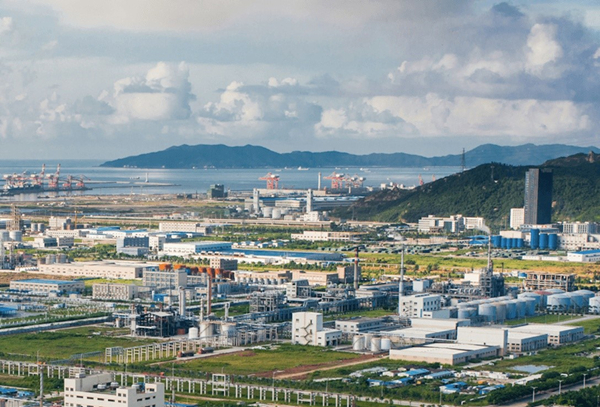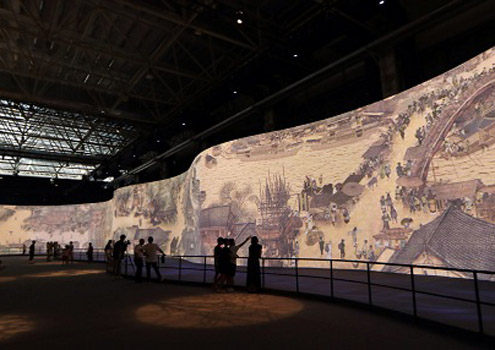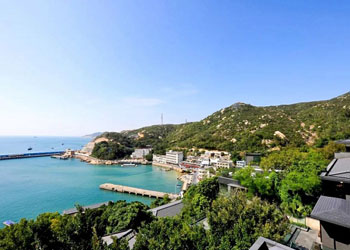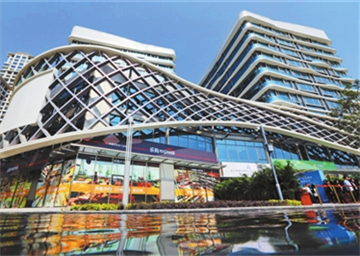Gaolan new-materials park now tagged 'China Green'
China Green has been added to the name of New-Materials Industrial Park in the Gaolan Port Economic Zone to reflect the shift from traditional chemical engineering to green new materials that contribute to sustainable regional economic growth.
The name China Green New-Materials (Zhuhai) Industrial Park was approved by the China Petroleum & Chemical Industry Federation on March 12. In the works is an industrial cluster with production value of more than 100 billion ($14 billion) in three to five years.

Gaolan Port Economic Zone [File photo]
The 3-sq-km (741-acre) industrial park houses numerous high-end new-materials projects with a total investment of more than 10 billion yuan ($1.4 billion). They include special polyurethane of Wanhua Chemical Group, polymer anti-aging additives of Rianlon Corp, degradable plastics of Kingfa Sci & Tech, lithium-ion battery separators of Shanghai Energy New Materials Technology (Semcorp), polystyrene of Taiwan Loyal Group, photoresist dry film of Taiwan Great Eastern Resins Industrial, fluorine materials of Hong Kong Lee & Man New Material, and carbon nano tubes of Boston-based Cabot Corp.
In recent years, the Gaolan Port Economic Zone has fostered a new modern industrial structure led by marine engineering equipment manufacture, high-end fine chemical engineering and new-materials, clean energy, modern port logistics, electronic information, and household appliances.
The park will help Gaolan become a domestic first-class new-materials industrial base focused on technical innovation, green development, and recycling. Primarily, new-energy lithium-ion batteries, functional polymer, and new-generation electronic information materials will be developed.
Related
Gaolan Port draws advanced new-materials projects
The Gaolan Port Economic Zone has established a 3-sq-km new-materials industrial park, riding on the success it has had in attracting such industries. The new companies will invest 30-billion-yuan ($4.5 billion) during the 13th Five-Year Plan (2016-20).



